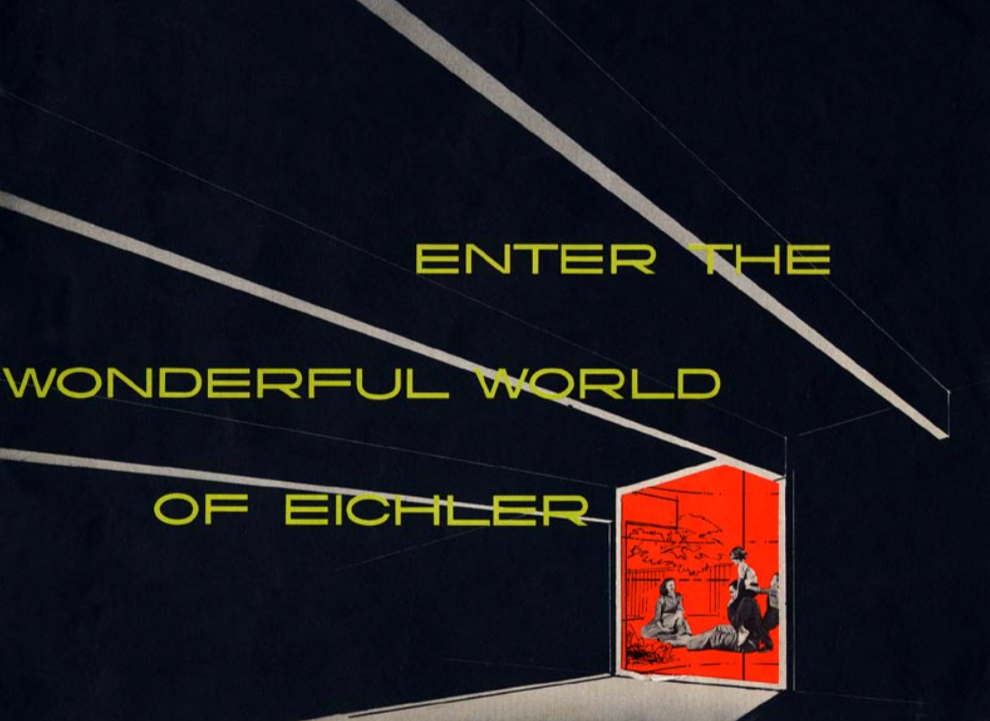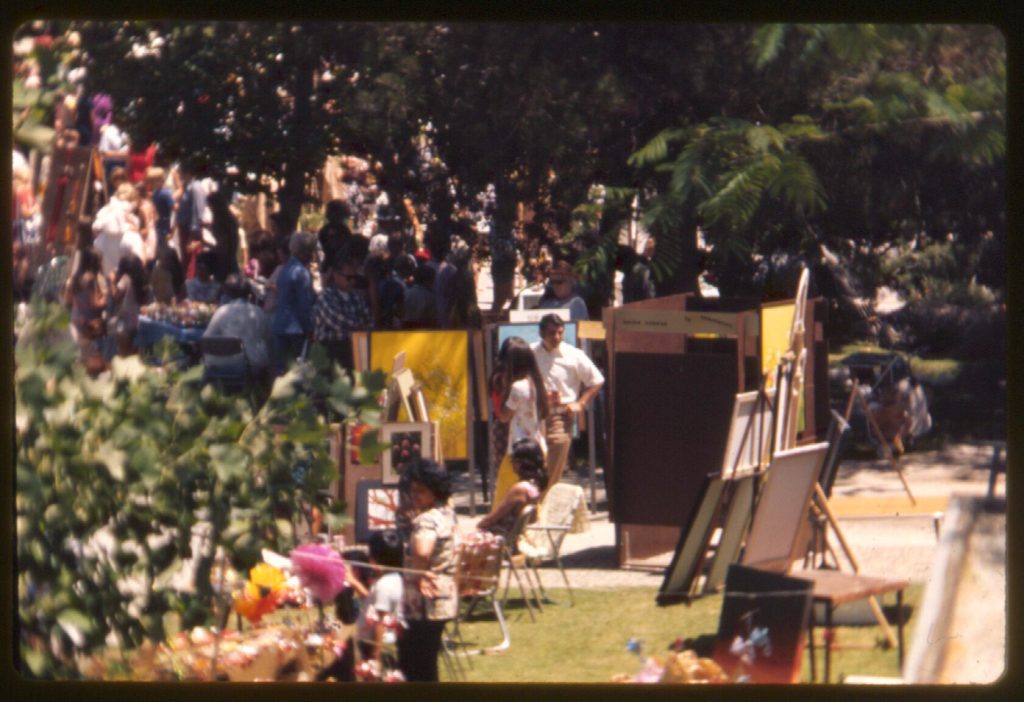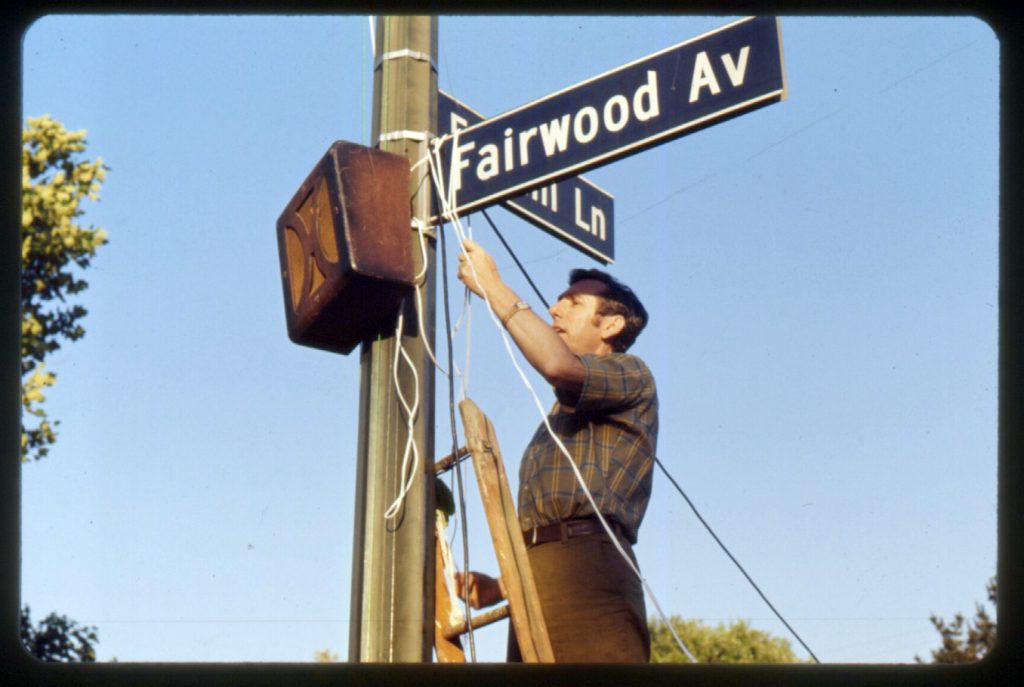The Fairglen Eichler tract, located in San Jose, California, is a clear example of Joseph Eichler’s residential developments. Built during the early 1960s, Fairglen is emblematic of Eichler’s dedication to modernist architecture and community-oriented living.
Fairglen consists of approximately 200 homes, designed by the renowned architectural firms of Anshen & Allen and Jones & Emmons. These homes showcase the hallmark features of Eichler’s design philosophy: open floor plans, extensive use of glass, post-and-beam construction, and a strong connection between indoor and outdoor spaces. The development emphasizes simplicity, functionality, and integration with nature, with large windows and sliding glass doors that invite natural light and create a seamless flow between the interior and exterior environments.
One of the unique aspects of Fairglen is its layout and community planning. Eichler designed the tract to foster a sense of neighborhood and community interaction. The homes are positioned to maximize privacy while also encouraging social connections among residents. Many of the streets in Fairglen are cul-de-sacs, which reduce traffic and create safer, more pedestrian-friendly environments.
Eichler’s commitment to inclusivity and non-discrimination was also evident in Fairglen. Unlike many developers of his time, Eichler sold homes to anyone, regardless of race or religion, promoting diverse and integrated communities. This progressive stance made Fairglen not only architecturally significant but also socially forward-thinking.
Today, Fairglen remains a sought-after neighborhood for those who appreciate mid-century modern design and the unique community ethos that Joseph Eichler envisioned. The tract is a testament to Eichler’s enduring legacy in residential architecture and his influence on the cultural landscape of American suburbs.

See the original brochure advertising the homes and floor plans.

For many years, residents hosted the Fairglen Art Festival which drew thousands of visitors from near and far.

The neighborhood was added to the National Register of Historic Places in 2019.